Home>Gardening & Outdoor>Landscaping Ideas>How To Permanently Kill Grass
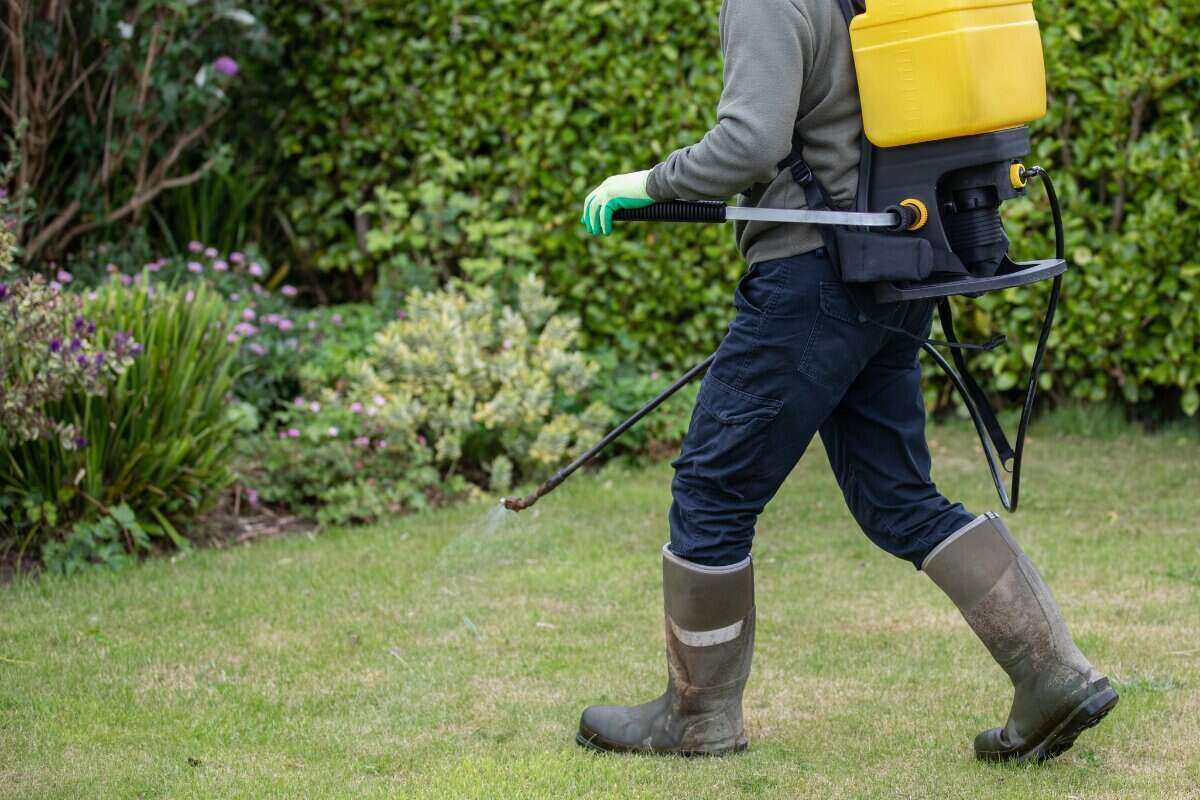

Landscaping Ideas
How To Permanently Kill Grass
Modified: February 18, 2024
Learn effective landscaping ideas to permanently kill grass and transform your outdoor space with our expert tips and techniques. Discover how to achieve a low-maintenance, weed-free yard today!
(Many of the links in this article redirect to a specific reviewed product. Your purchase of these products through affiliate links helps to generate commission for Storables.com, at no extra cost. Learn more)
Introduction
Read more: How To Permanently Kill Bermuda Grass
Understanding the Grass
Grass, though a beloved feature of many landscapes, can sometimes become a nuisance. Whether it’s encroaching on your flower beds, taking over your garden, or simply an unwanted presence in your yard, there are times when you might want to permanently remove it. However, before diving into the methods for permanent grass removal, it’s essential to understand the nature of grass and its resilient characteristics.
Grass, a ubiquitous plant found in various climates and soil types, possesses a remarkable ability to thrive and spread. Its extensive root system and rapid growth make it a formidable opponent for those seeking to eliminate it from their outdoor spaces. Understanding the resilience of grass is crucial in determining the most effective strategy for permanent removal.
Additionally, it’s important to consider the environmental impact of grass removal methods. Opting for eco-friendly approaches can help minimize harm to the surrounding ecosystem and support sustainable landscaping practices. With these considerations in mind, let’s explore the methods for permanently removing grass and reclaiming your outdoor space.
Read more: How To Permanently Kill Bermuda Grass
Understanding the Grass
Before embarking on the journey to permanently remove grass from your landscape, it’s essential to grasp the fundamental characteristics of this resilient plant. Grass, belonging to the Poaceae family, encompasses a diverse range of species, each with its unique traits and growth patterns. Common varieties such as Bermuda grass, Kentucky bluegrass, and Zoysia grass are known for their adaptability and ability to thrive in different environments.
One of the key attributes that make grass challenging to eradicate is its extensive root system. Grass roots, which can extend deep into the soil, enable the plant to access essential nutrients and water, contributing to its robust growth and resilience. Moreover, the rhizomes and stolons, specialized stems that spread horizontally underground, facilitate the rapid expansion of grass across the landscape.
Grass also exhibits remarkable regenerative capabilities, allowing it to rebound from adverse conditions and quickly repopulate areas where it has been removed. This inherent vigor and tenacity make traditional methods of grass removal, such as manual digging or tilling, often ineffective in achieving long-term eradication.
Understanding the growth habits and tenacious nature of grass underscores the importance of employing strategic and sustainable approaches to achieve permanent removal. By considering the resilience of grass and its ecological role in the landscape, individuals can make informed decisions when selecting the most suitable method for addressing unwanted grass in their outdoor spaces.
Methods for Permanent Grass Removal
When it comes to permanently removing grass from your landscape, several effective methods can help you achieve this goal. Each approach offers unique advantages and considerations, allowing you to select the most suitable technique based on your specific preferences and environmental concerns. From utilizing herbicides to implementing natural smothering techniques, exploring these methods can empower you to reclaim your outdoor space from unwanted grass.
Let’s delve into the diverse strategies for permanent grass removal, considering their efficacy and potential impact on the surrounding environment. Whether you prefer a chemical-free approach or are open to using targeted herbicides, there’s a method that aligns with your landscaping ethos and desired outcomes.
Using Herbicides
Herbicides can be a potent tool for permanently eliminating grass from your landscape. Selective herbicides, designed to target specific types of grass while preserving desired plants, offer a targeted approach to grass removal. Before applying any herbicide, it’s crucial to identify the type of grass you want to eradicate and choose a herbicide that effectively targets that species.
When using herbicides, it’s essential to follow the manufacturer’s instructions meticulously to ensure safe and effective application. Applying herbicides during the grass’s active growth phase can enhance their efficacy, as the plants are more receptive to the herbicidal treatment during this period.
While herbicides can be highly effective in achieving permanent grass removal, it’s important to exercise caution and consider their potential impact on the surrounding environment. Opting for herbicides with minimal ecological repercussions and using them judiciously can help mitigate any adverse effects on beneficial flora and fauna in your landscape.
Additionally, incorporating herbicide application into a comprehensive landscape management plan can contribute to long-term success in maintaining a grass-free outdoor space. By combining herbicidal treatment with preventive measures and sustainable landscaping practices, you can create an environment where unwanted grass struggles to reestablish itself, promoting the enduring success of your grass removal efforts.
Solarization
Solarization is a natural and chemical-free method for permanently removing grass from your landscape. This technique harnesses the power of the sun to create a hostile environment for grass and other unwanted vegetation, effectively eradicating them over time. Solarization involves covering the targeted area with a clear plastic tarp, which traps solar heat and raises the soil temperature to levels that are detrimental to the growth of grass and weed seeds.
For successful solarization, it’s important to prepare the area by removing any existing vegetation and thoroughly tilling the soil to promote uniform heat distribution. Once the soil is prepared, the clear plastic tarp is spread over the designated area and secured at the edges to create an airtight seal. The trapped solar heat raises the soil temperature, effectively sterilizing the top layers and inhibiting the regrowth of grass and weed seeds.
While solarization is a chemical-free method, its success is contingent on several factors, including the duration of treatment and prevailing environmental conditions. Typically, solarization is most effective when implemented during the hottest months of the year, maximizing the heat absorption and soil sterilization process.
By leveraging solarization as a grass removal technique, individuals can embrace a natural and environmentally friendly approach to reclaiming their outdoor spaces. This method offers a sustainable alternative to chemical herbicides, aligning with eco-conscious landscaping practices while delivering long-term results in grass eradication.
To permanently kill grass, you can use a non-selective herbicide containing glyphosate. Apply it on a dry, calm day, and avoid watering the area for at least 24 hours. Keep in mind that this method will also kill any other plants it comes into contact with.
Smothering
Smothering is a non-invasive and eco-friendly method for permanently eliminating grass from targeted areas of your landscape. This approach involves covering the grass with a barrier, such as cardboard, newspaper, or biodegradable landscape fabric, to deprive it of sunlight and essential resources, effectively stifling its growth and causing it to perish over time.
Before implementing the smothering technique, it’s crucial to prepare the area by clearing away any debris and mowing the grass as close to the ground as possible. This initial step facilitates better contact between the grass and the smothering barrier, maximizing the efficacy of the method.
Once the area is prepared, the selected smothering material is laid over the targeted grass, ensuring complete coverage and secure anchoring to prevent it from being dislodged by wind or other environmental factors. Over time, the lack of sunlight and airflow beneath the smothering barrier deprives the grass of vital resources, leading to its gradual deterioration and eventual eradication.
Smothering offers a sustainable and chemical-free approach to grass removal, making it an attractive option for environmentally conscious individuals seeking to transform their outdoor spaces. This method also contributes to soil improvement by promoting decomposition and organic matter accumulation, enhancing the overall health and fertility of the underlying soil.
By embracing the smothering technique, individuals can achieve permanent grass removal while fostering a more vibrant and resilient landscape through sustainable practices that prioritize ecological harmony and long-term vitality.
Using Vinegar
Utilizing vinegar as a natural herbicidal agent presents an eco-friendly and cost-effective approach to permanently removing grass from your landscape. The acetic acid in vinegar serves as a desiccant, effectively dehydrating and killing the targeted grass upon application. When opting for vinegar as a grass removal method, it’s essential to use horticultural vinegar, which has a higher concentration of acetic acid compared to culinary vinegar, enhancing its weed-killing potency.
Before applying vinegar, it’s advisable to choose a time when the weather forecast indicates a stretch of dry, sunny days, as the absence of rain can maximize the efficacy of the treatment. It’s important to exercise caution when applying vinegar, ensuring that it comes into contact solely with the unwanted grass to prevent unintended damage to desirable plants in the vicinity.
While vinegar offers a natural and chemical-free alternative for grass removal, it’s important to recognize that its effectiveness may vary based on the type and maturity of the grass being targeted. Young, tender grass may be more susceptible to vinegar treatment, while mature and deep-rooted grasses may require repeated applications for comprehensive eradication.
By incorporating vinegar into your grass removal strategy, you can embrace a sustainable and environmentally conscious approach to reclaiming your outdoor space. This natural method aligns with eco-friendly landscaping practices, minimizing the use of synthetic chemicals while delivering a targeted and effective solution for permanent grass removal.
Conclusion
Permanently removing grass from your landscape requires thoughtful consideration of the available methods and their potential impact on the environment. Whether you opt for chemical herbicides, natural techniques like solarization and smothering, or eco-friendly alternatives such as vinegar, each approach offers unique benefits and considerations.
Understanding the resilience of grass and its regenerative capabilities underscores the importance of selecting a method that aligns with your landscaping ethos and long-term goals. By leveraging targeted herbicides, harnessing the power of solarization, employing the smothering technique, or utilizing natural herbicidal agents like vinegar, you can achieve lasting grass removal while promoting sustainable and eco-conscious landscaping practices.
It’s important to approach grass removal with a holistic perspective, considering the broader impact on the surrounding ecosystem and soil health. Integrating preventive measures, sustainable landscaping practices, and soil enrichment strategies can contribute to the enduring success of your grass removal efforts, creating a vibrant and resilient outdoor space.
Ultimately, the choice of grass removal method rests on your individual preferences, environmental considerations, and the specific characteristics of your landscape. By prioritizing sustainable and effective techniques, you can reclaim your outdoor space from unwanted grass while fostering a harmonious and thriving environment for years to come.
Frequently Asked Questions about How To Permanently Kill Grass
Was this page helpful?
At Storables.com, we guarantee accurate and reliable information. Our content, validated by Expert Board Contributors, is crafted following stringent Editorial Policies. We're committed to providing you with well-researched, expert-backed insights for all your informational needs.
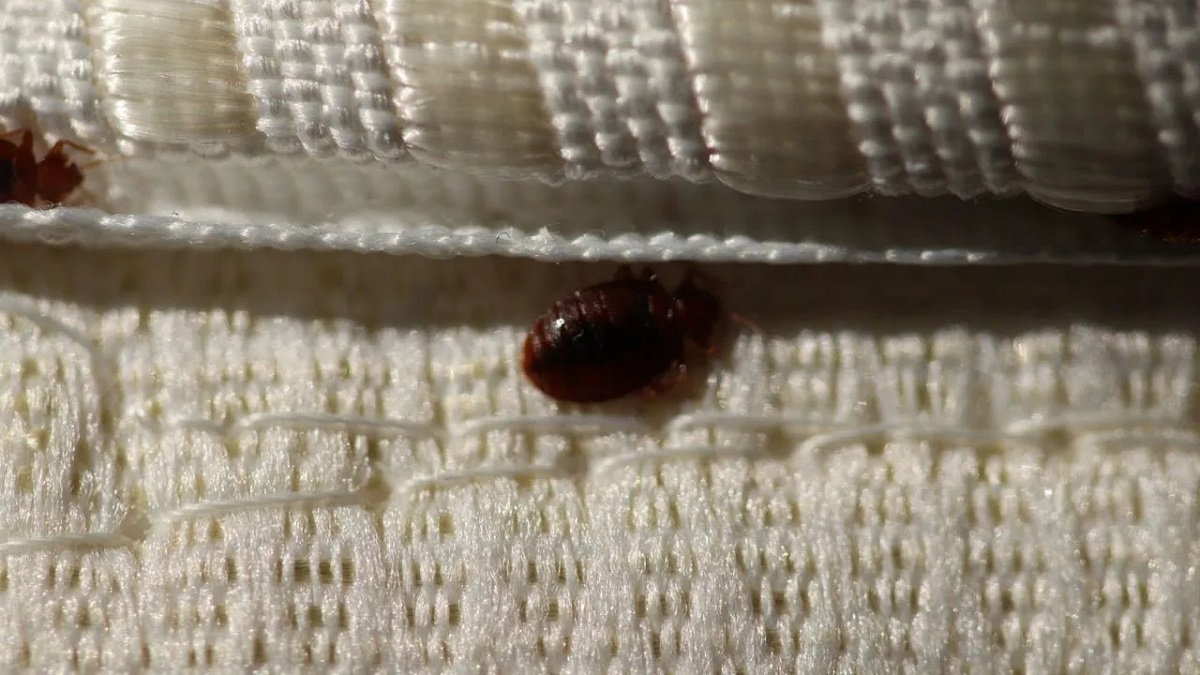
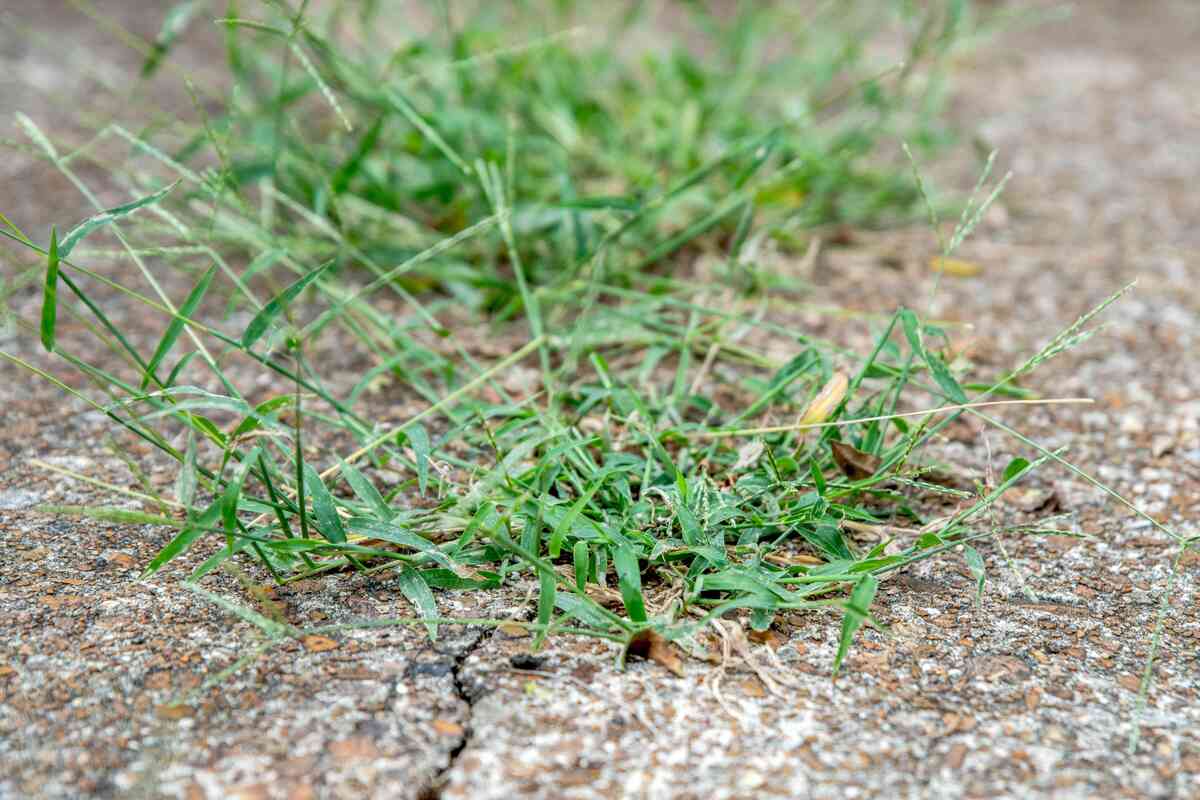
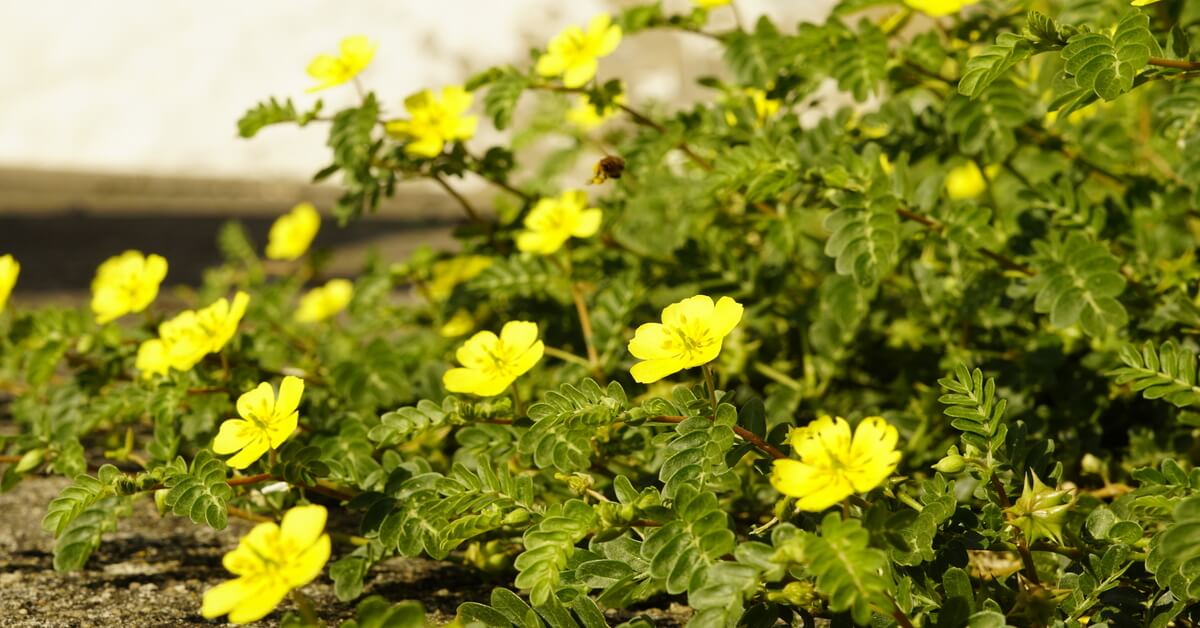
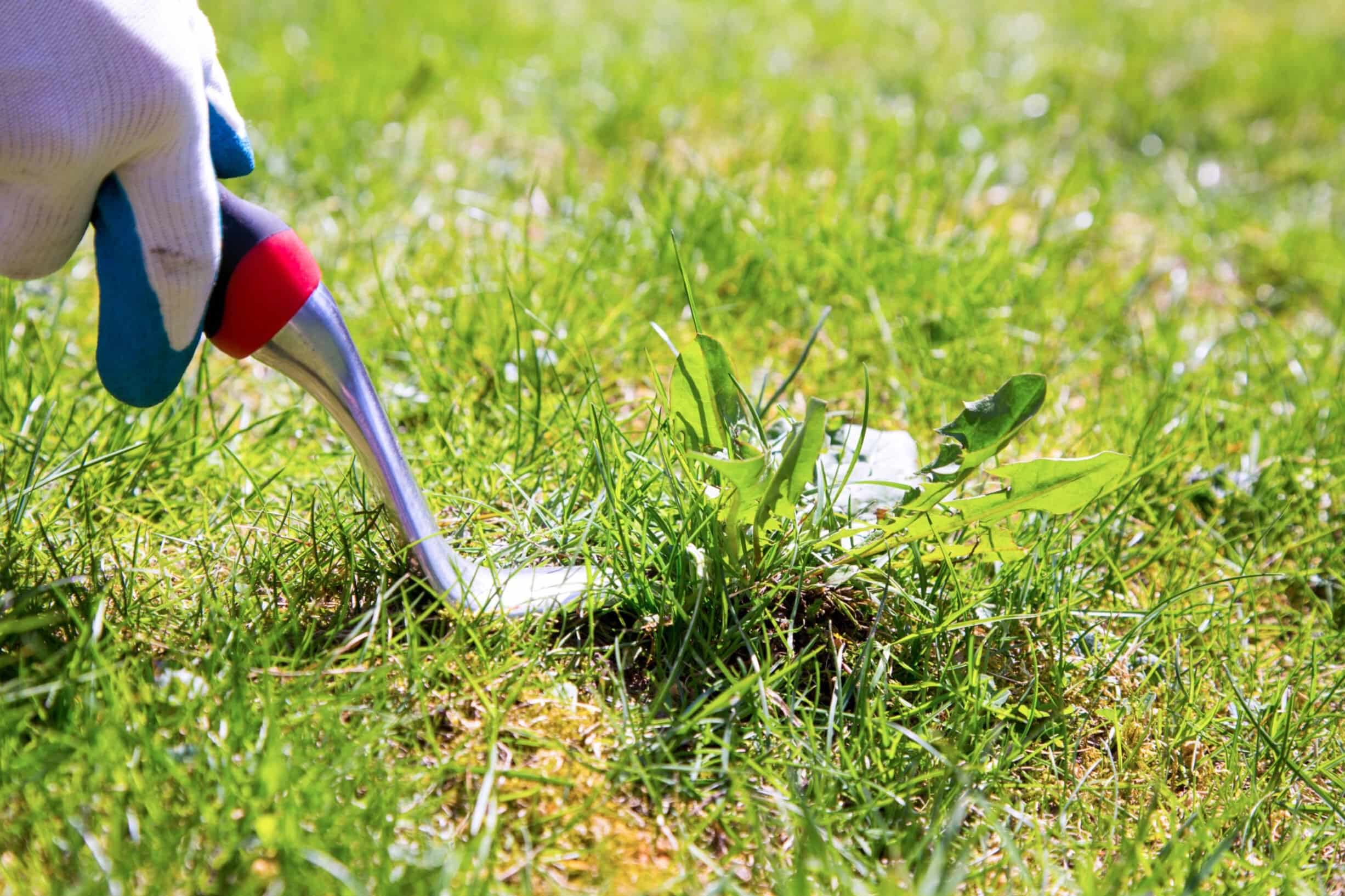
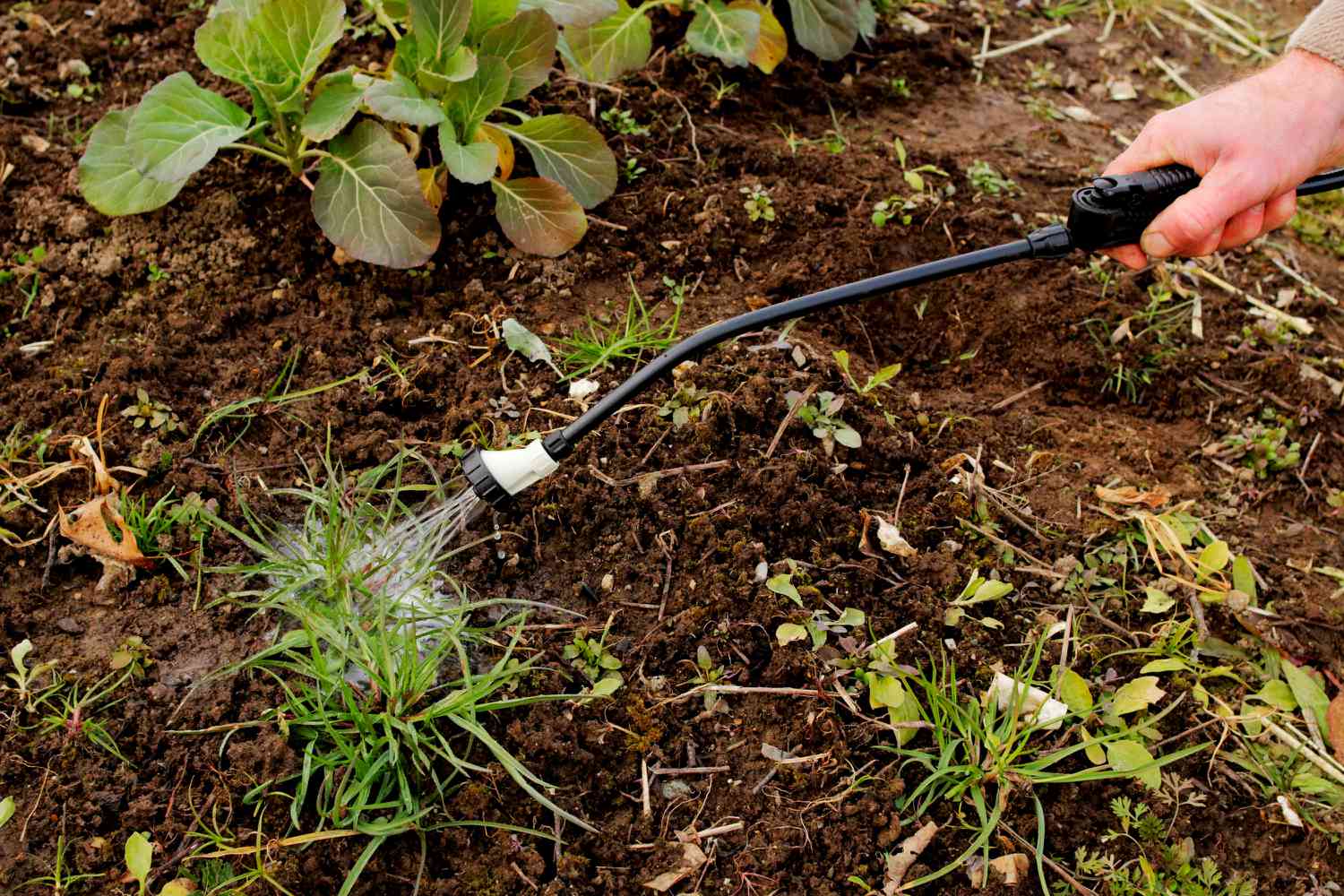
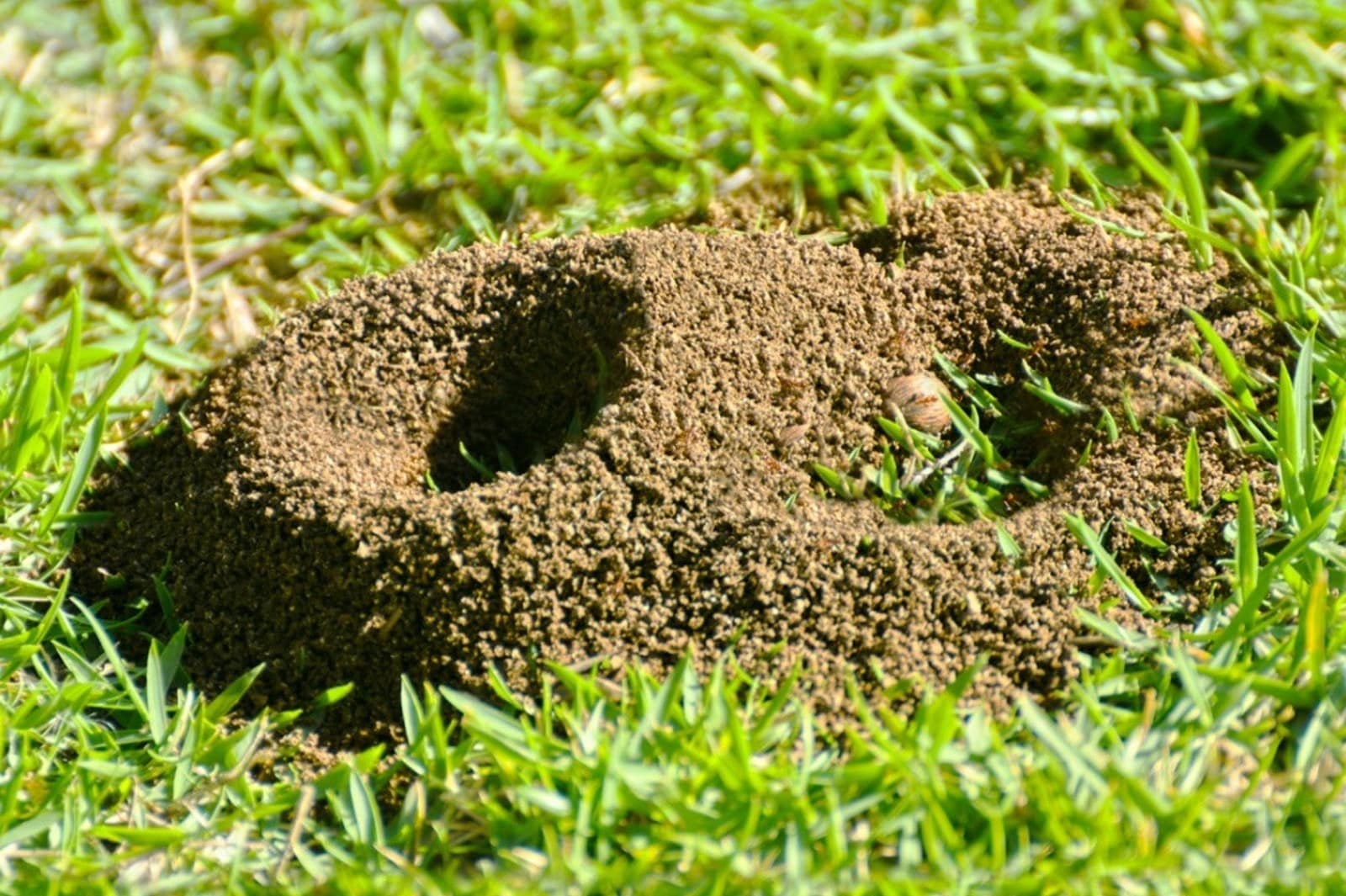
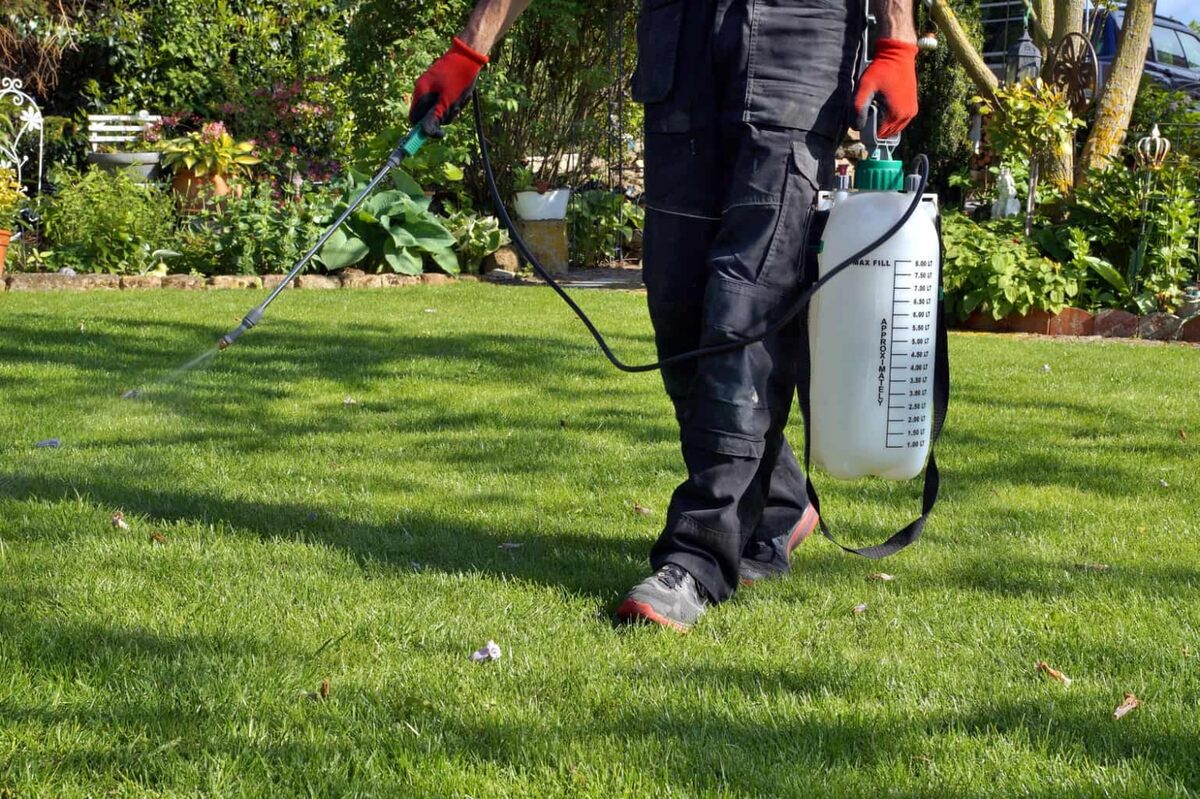
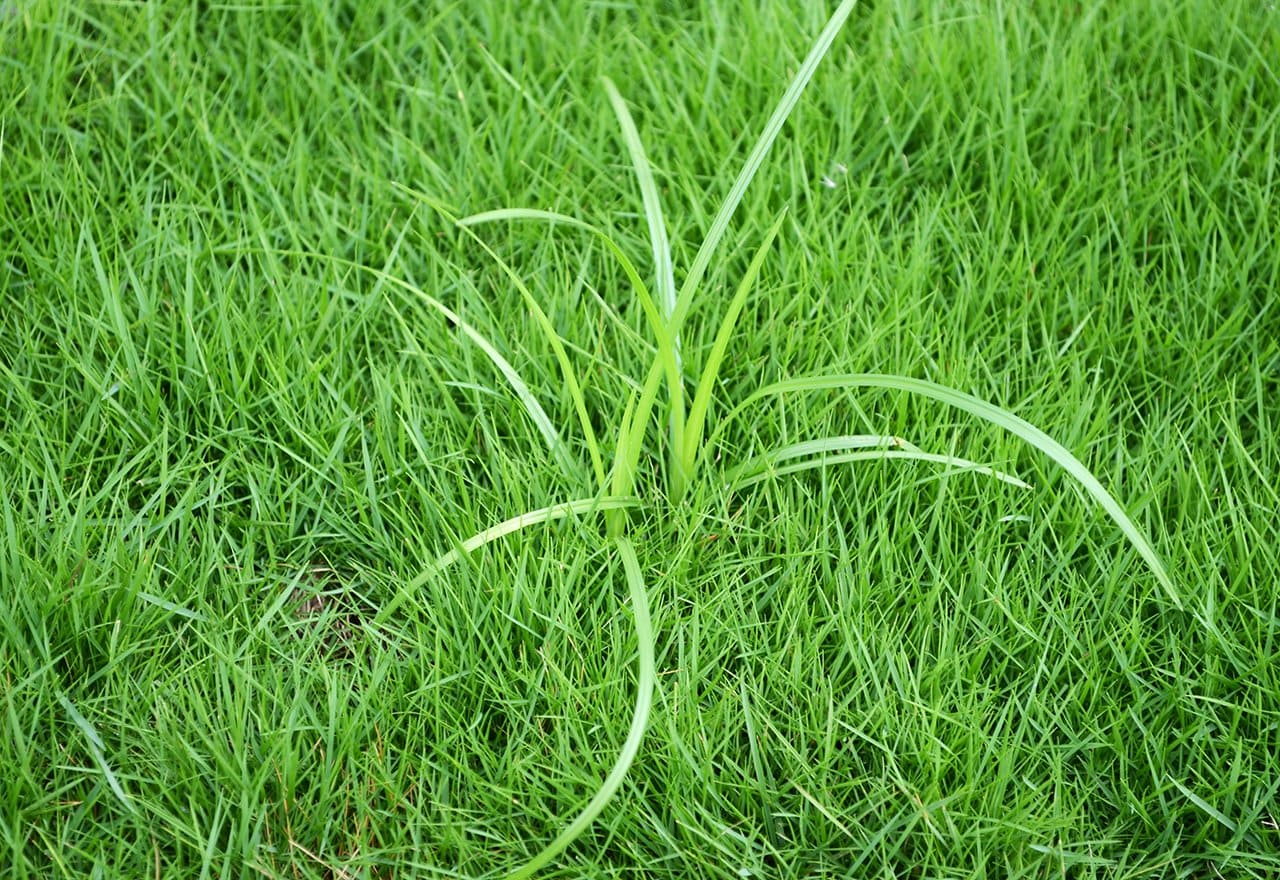
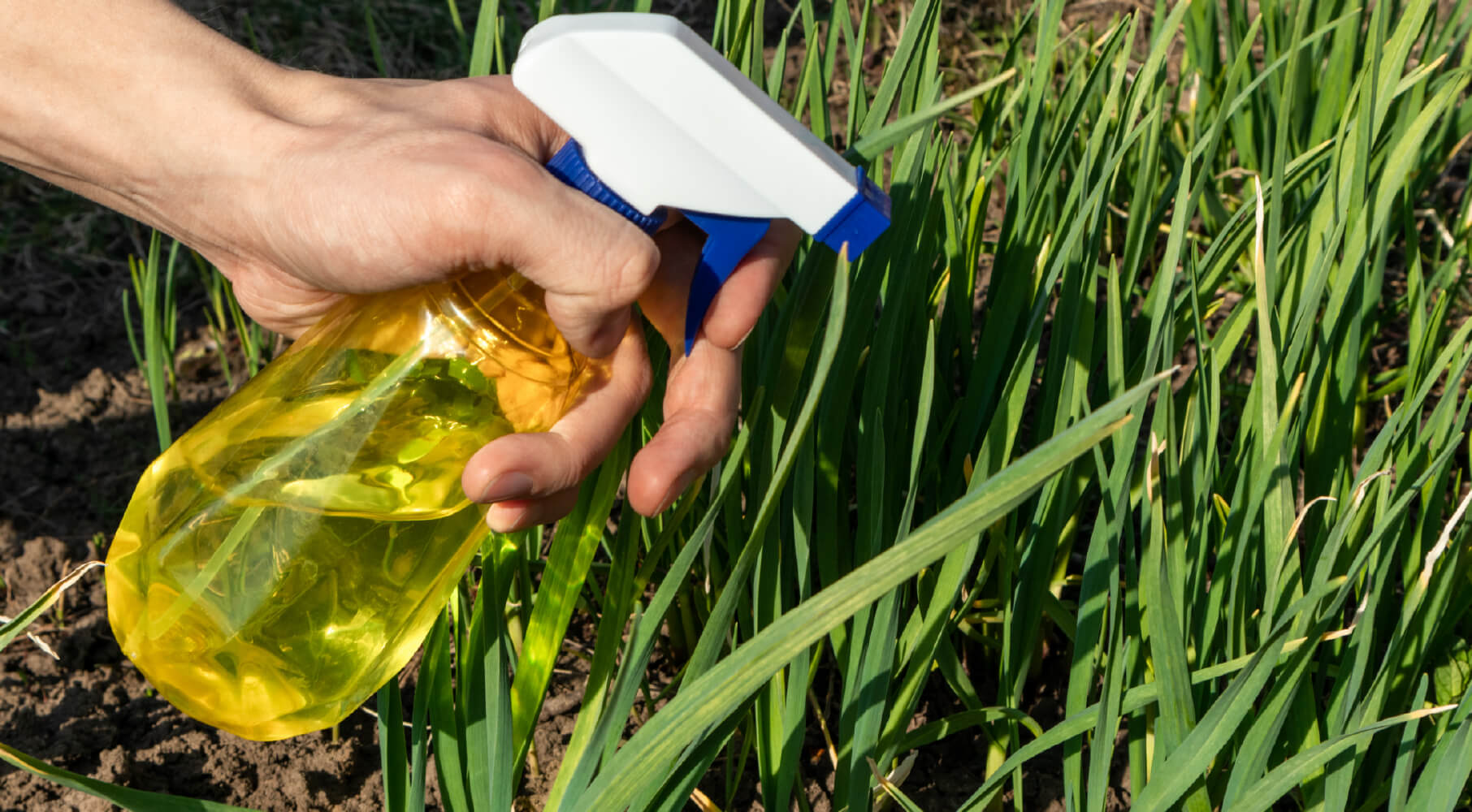
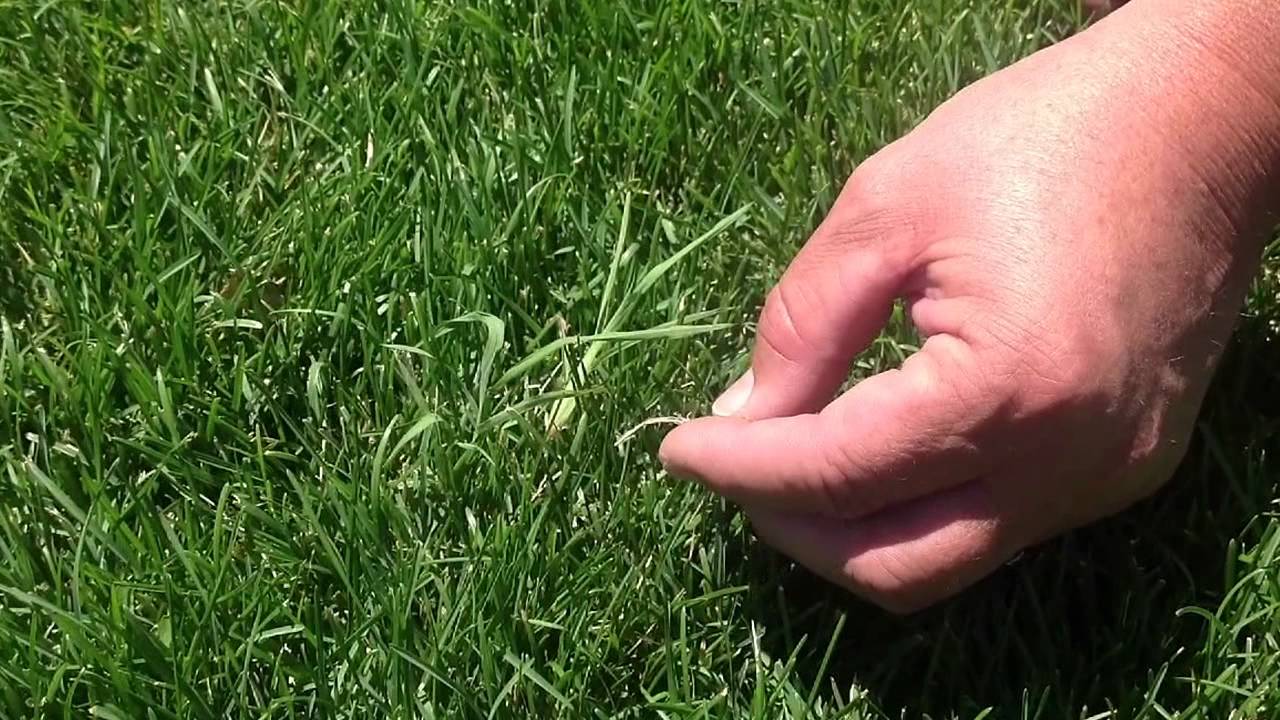
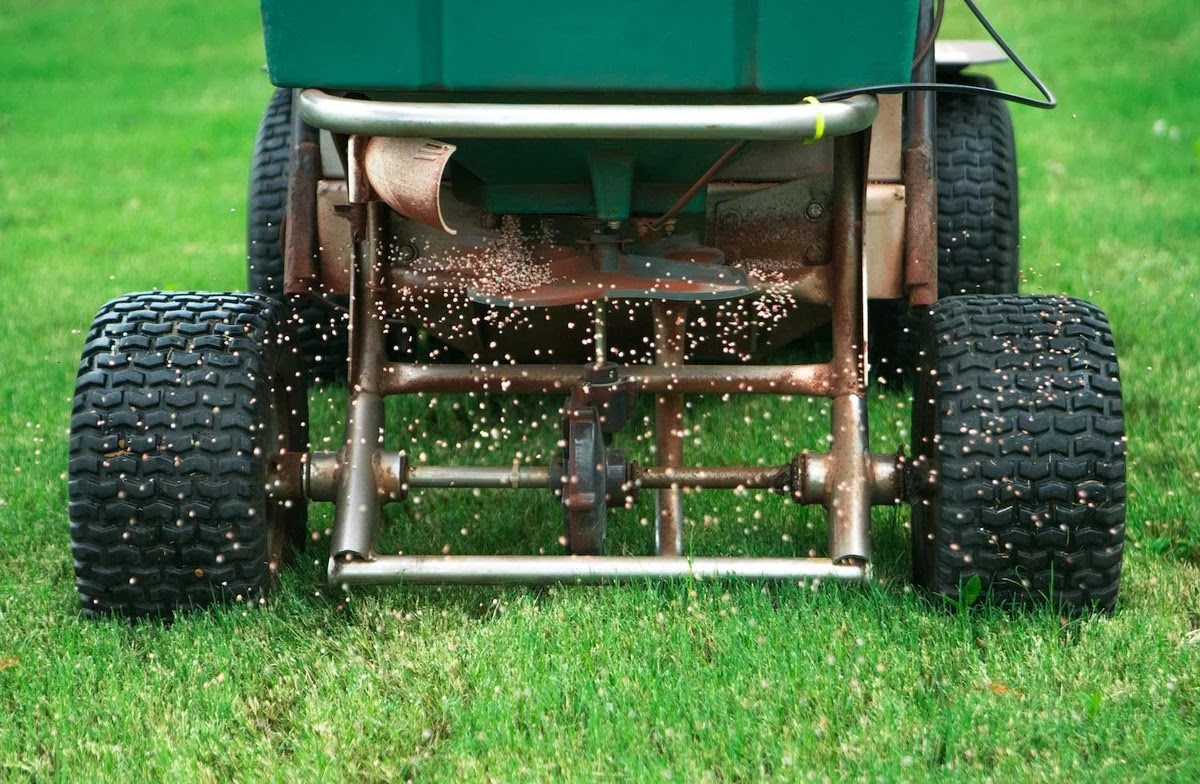
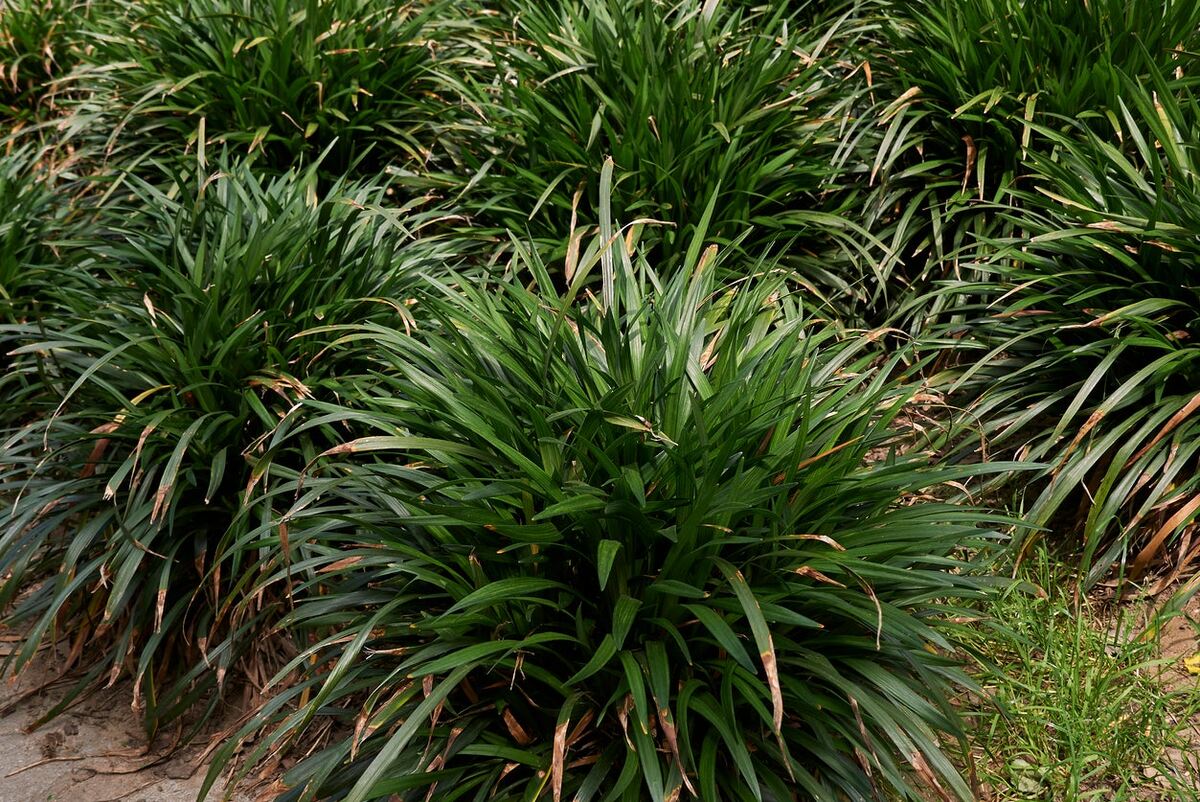
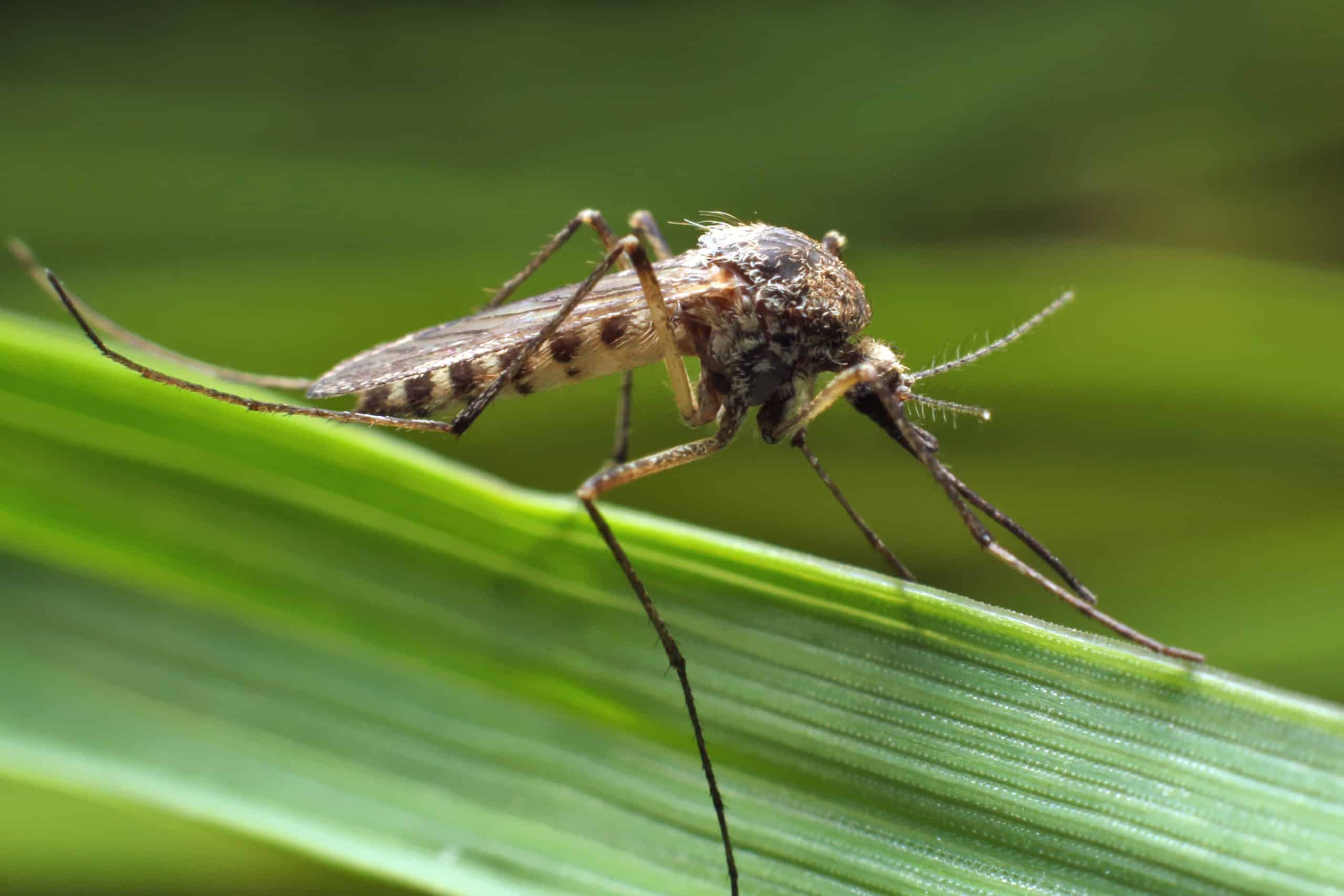
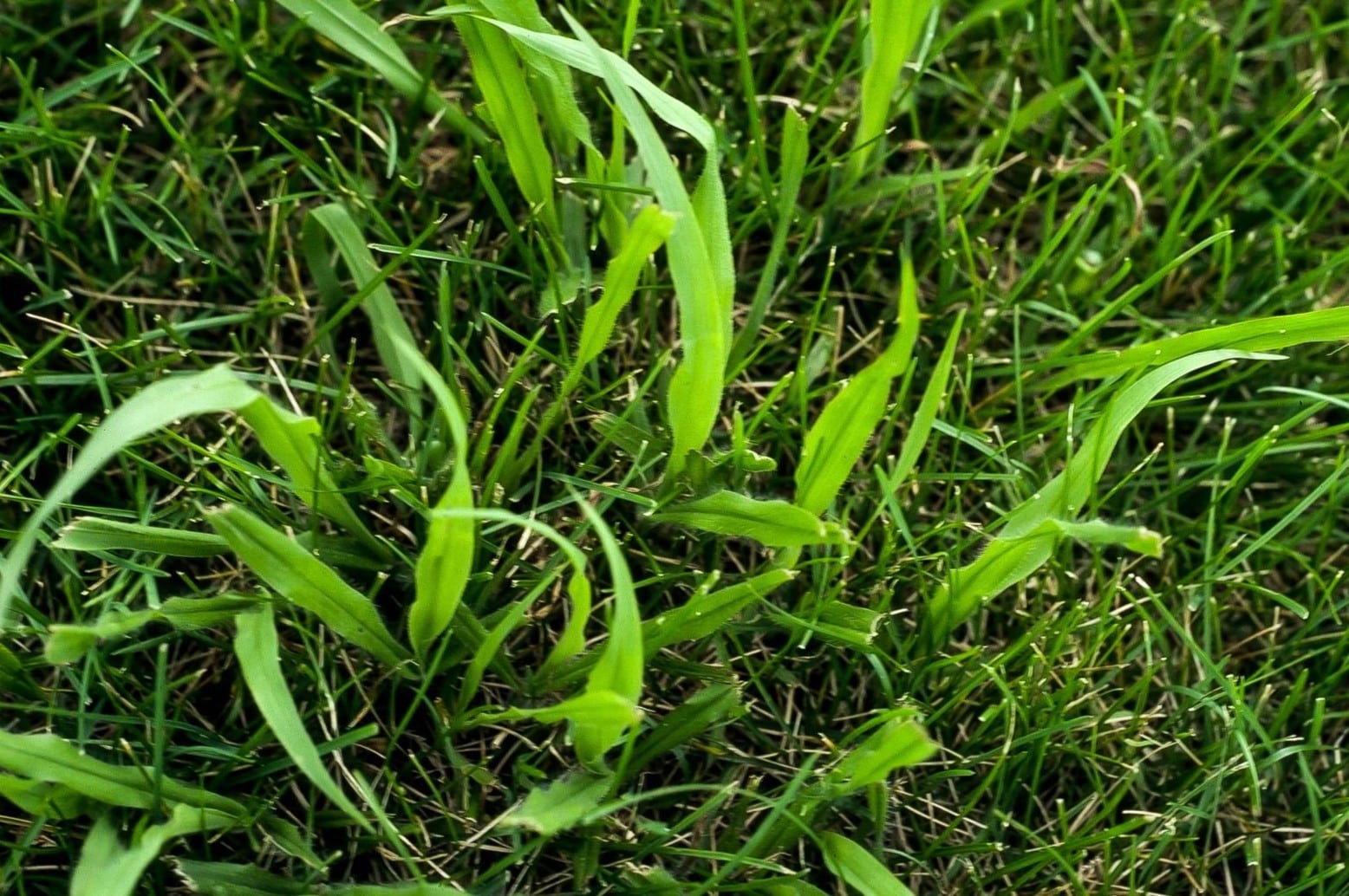

0 thoughts on “How To Permanently Kill Grass”